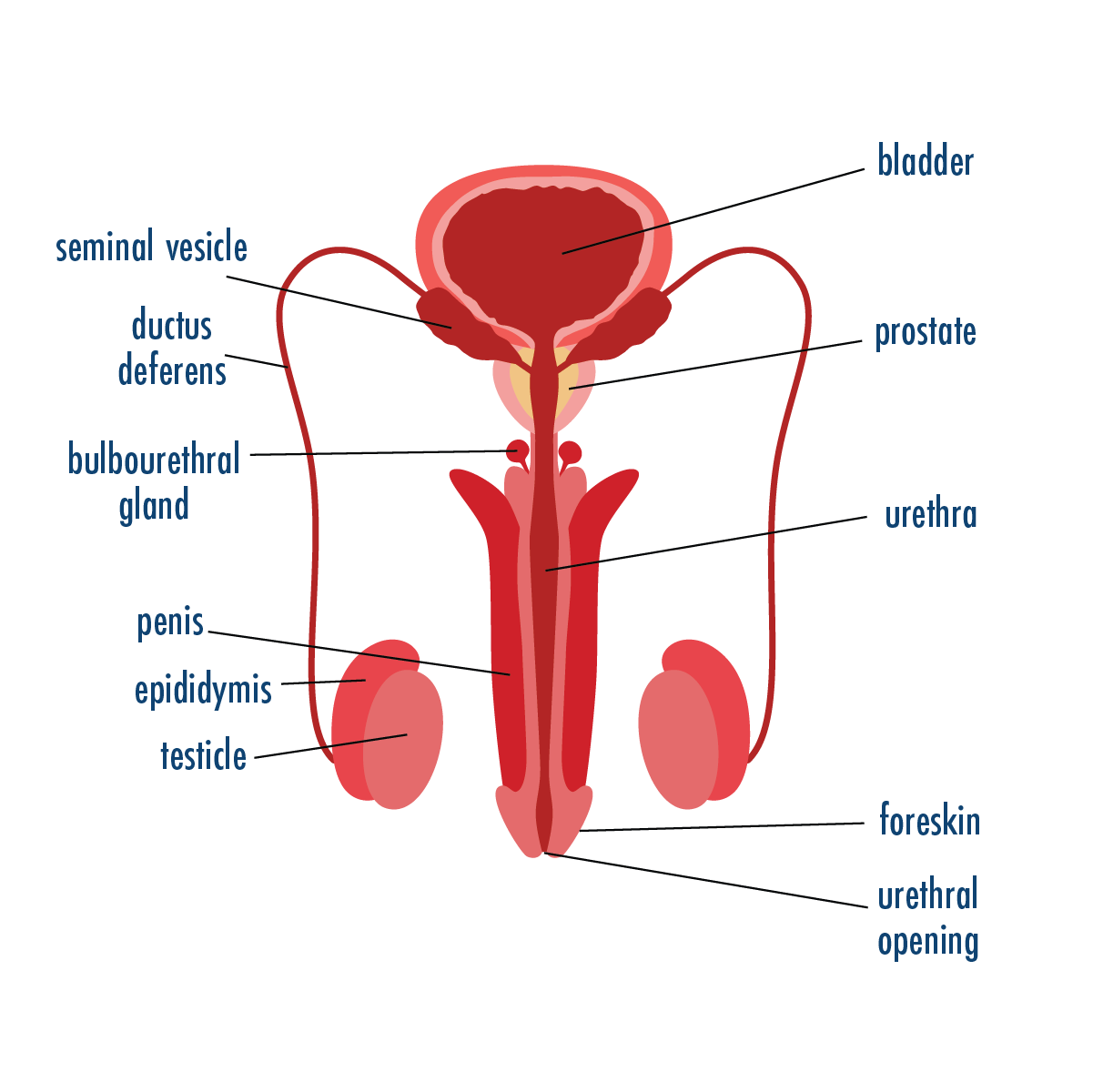
Screening
If you have a prostate gland and you are at average risk, start talking to your health care provider at age 50 about the pros and cons, uncertainties and risks of prostate cancer screening. You may need to have that talk earlier if:
- You are Black or if you have a close relative (father or brother) who had prostate cancer before age 65. Start talking to your health care provider about prostate cancer when you are 45.
- More than one close relative had prostate cancer before 65. Start that talk when you turn 40.
Early detection of prostate cancer followed by prompt treatment saves lives; however, some people are treated for prostate cancers that will never cause them harm, and they must live with any side effects or complications of the treatment.




